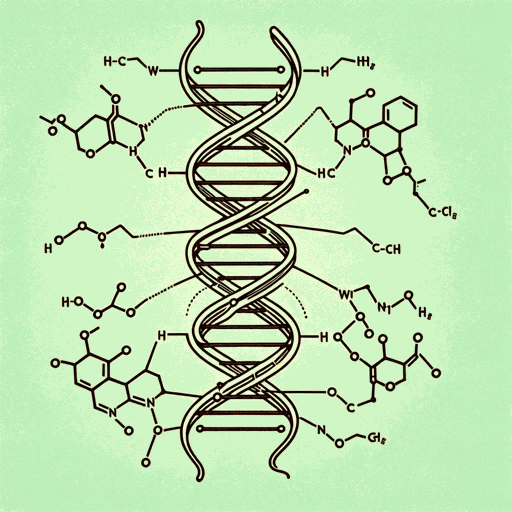96 pages • 3 hours read
Walter IsaacsonThe Code Breaker: Jennifer Doudna, Gene Editing, and the Future of the Human Race
Nonfiction | Biography | Adult | Published in 2021A modern alternative to SparkNotes and CliffsNotes, SuperSummary offers high-quality Study Guides with detailed chapter summaries and analysis of major themes, characters, and more.
Chapters 32-34Chapter Summaries & Analyses
Chapter 32 Summary: “Therapies”
In July 2019, Victoria Gray became the first person to be treated with a CRISPR gene-editing tool. Gray suffered from sickle-cell anemia, which is caused by a mutation in a single letter of the 3 billion base pairs that comprise a person’s DNA. The sickle-cell mutation affects the oxygen-carrying hemoglobin protein of red blood cells (RBCs). The mutated hemoglobin causes RBCs to be long and twisted rather than round and smooth, clumping together into a sickle shape. The clumped cells struggle to travel through blood vessels, depriving vital organs of life-giving oxygen, leading to severe pain and reduced lifespan.
Doctors affiliated with Charpentier’s CRISPR Therapeutics extracted stem cells from Gray’s blood-rich bone marrow and edited them with CRISPR to activate a gene that produces a type of blood cell generally made only during the fetal stage of life. The edited cells were injected back into Gray’s blood, and by June 2020, tests showed 81% of her bone marrow cells were producing the good hemoglobin. The procedure gave Gray a new lease of life and showcased CRISPR’s potential in treating communities that are historically underserved by the medical community. In the United States, most sickle-cell anemia patients, like Gray, are Black.
However, to fully utilize CRISPR’s equalizing potential, the technology has to be affordable, a project Doudna embarked upon.
Related Titles
By Walter Isaacson





